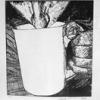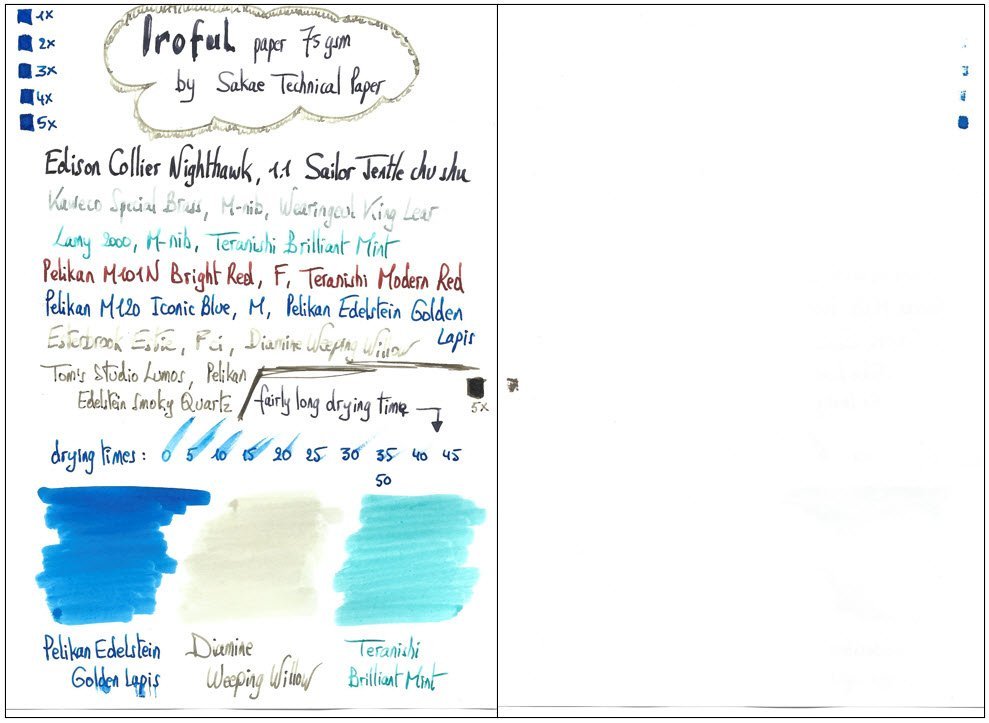Heat Gun Vs Open Flame
-
Forum Statistics
354.2k
Total Topics4.6m
Total Posts -
Member Statistics
127,144
Total Members2,585
Most OnlineNewest Member
toptvsGaf
Joined -
Images
-
Albums
-
Ooh, shiny...
- By carola,
- 0
- 0
- 40
-
Vacumatics and Valentine Pen
- By VacNut,
- 0
- 0
- 2
-
Lam1 Album
- By Lam1,
- 0
- 0
- 18
-
namrehsnoom-13
- By namrehsnoom,
- 0
- 0
- 99
-
namrehsnoom-14
- By namrehsnoom,
- 0
- 0
- 99
-


















.thumb.jpg.f07fa8de82f3c2bce9737ae64fbca314.jpg)



.thumb.jpg.331e554113c33fb39d5bf3233878978a.jpg)





Recommended Posts
Create an account or sign in to comment
You need to be a member in order to leave a comment
Create an account
Sign up for a new account in our community. It's easy!
Register a new accountSign in
Already have an account? Sign in here.
Sign In Now